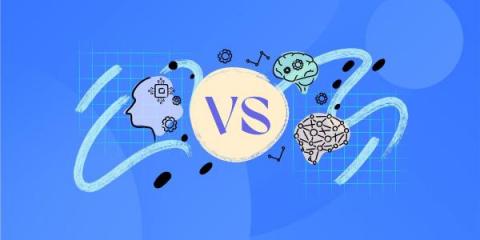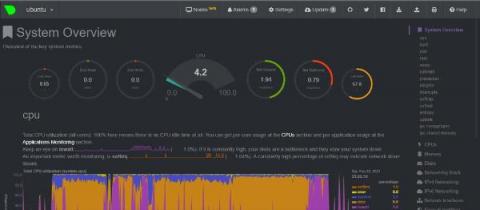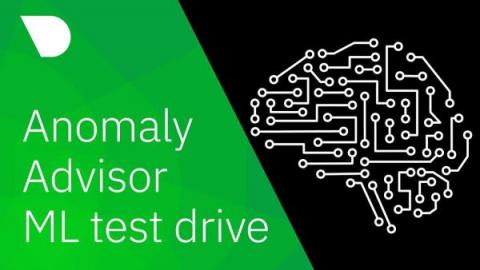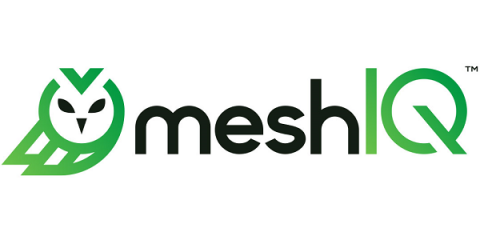Operations | Monitoring | ITSM | DevOps | Cloud
Latest News
Continuous Training and Deployment for Machine Learning (ML) at the Edge
Machine Learning at Splunk in Just a Few Clicks
The Machine Learning team at Splunk has been hard at work over the last several months preparing for a few exciting launches at.conf22, held just a few weeks ago. Splunk customers want to leverage machine learning (ML) in their environments, but many aren’t sure how to use it, or even how to get started.
Machine Learning: Definition, Methods & Examples
Here's how Machine Learning puts the 'personal' in ecommerce personalization
You can transform your search box into your sales rep—when you have the right tools. An impactful customer experience that drives purchases and loyalty isn't just about delivering what a customer says they want — it's about predicting and proactively serving up what they need. We might be able to imagine this work in a store with salespeople. But as organizations scale and customer interactions happen across digital and in-person mediums, their data grows.
Monitoring Ubuntu 20.04 and Activating ML with Netdata
Sometimes a hat is just a hat, the truth is just the truth, and the clearly most popular example of a category is plain to see. In this case, Ubuntu is the most popular Linux distribution currently available. With the operating system’s superior popularity also comes an amazing amount of community support.
Test Driving Machine Learning (ML) Anomaly Advisor
Netdata’s new Anomaly Advisor feature lets you quickly identify potentially anomalous metrics during a particular timeline of interest. This results in considerably speeding up your troubleshooting workflow and saving valuable time when faced with an outage or issue you are trying to root cause.
Researchers test the power of machine learning to unravel long Covid's mysteries
Long Covid, with its constellation of symptoms, is proving a challenging moving target for researchers trying to conduct large studies of the syndrome. As they take aim, they’re debating how to responsibly use growing piles of real-world data — drawing from the full experiences of long Covid patients, not just their participation in stewarded clinical trials.
Monitor model performance with Superwise's offering in the Datadog Marketplace
Superwise is a monitoring platform that provides model observability for high-scale machine learning (ML) operations. Superwise provides teams with out-of-the-box (OOTB) metrics on their models’ production behavior, so they can effectively address drift, data quality issues, and other problems before they negatively impact business.
Machine learning tool to speed up treatment of traumatic brain injury
A team of data scientists from the University of Pittsburgh School of Medicine in the US, and neurotrauma surgeons from the University of Pittsburgh Medical Centre, has developed the first automated brain scans and machine-learning techniques to inform outcomes for patients who have severe traumatic brain injuries. The advanced machine-learning algorithm can analyse vast volumes of data from brain scans and relevant clinical data from patients.










